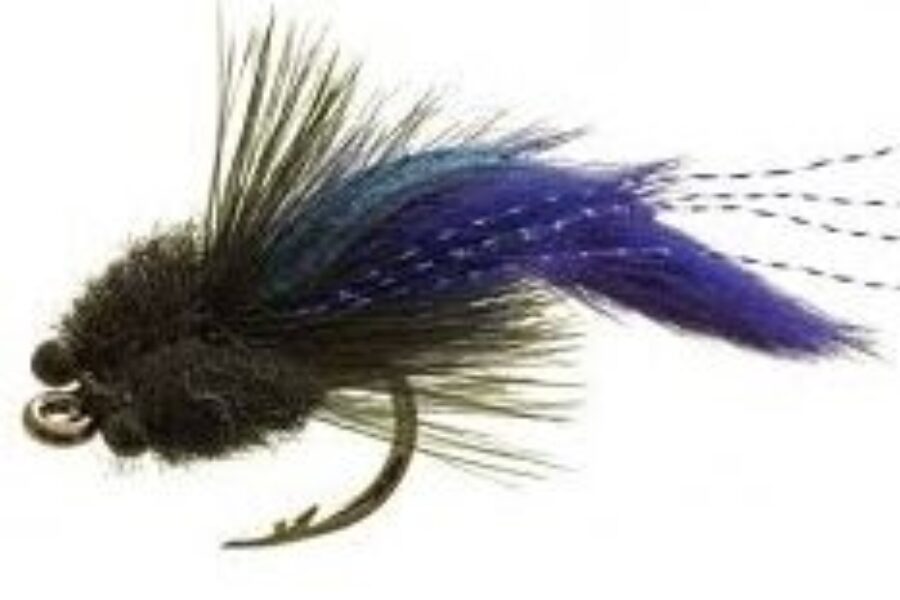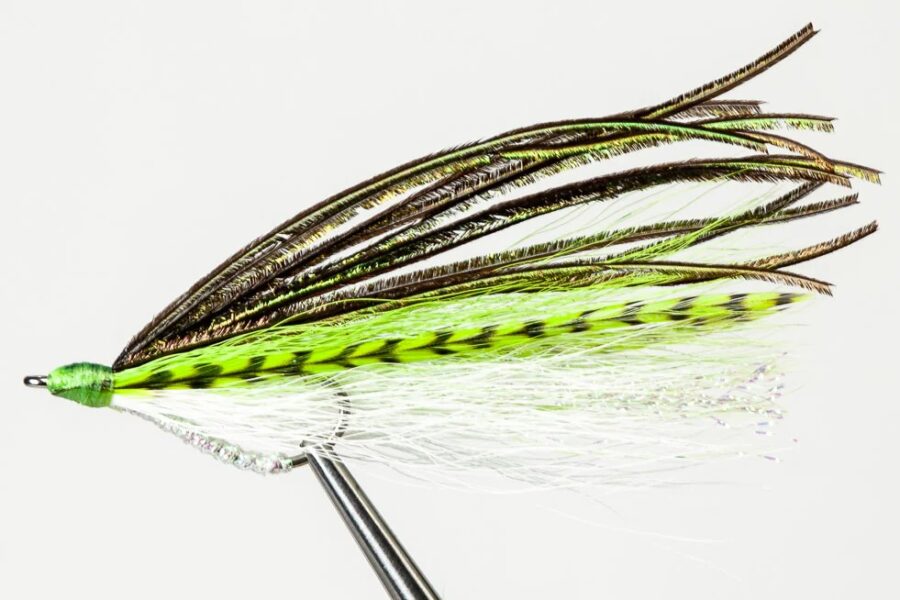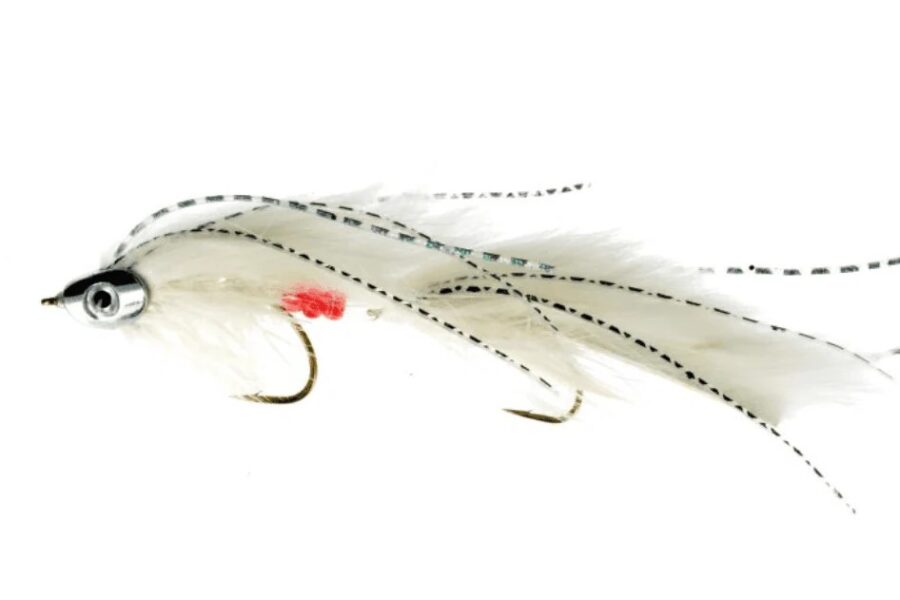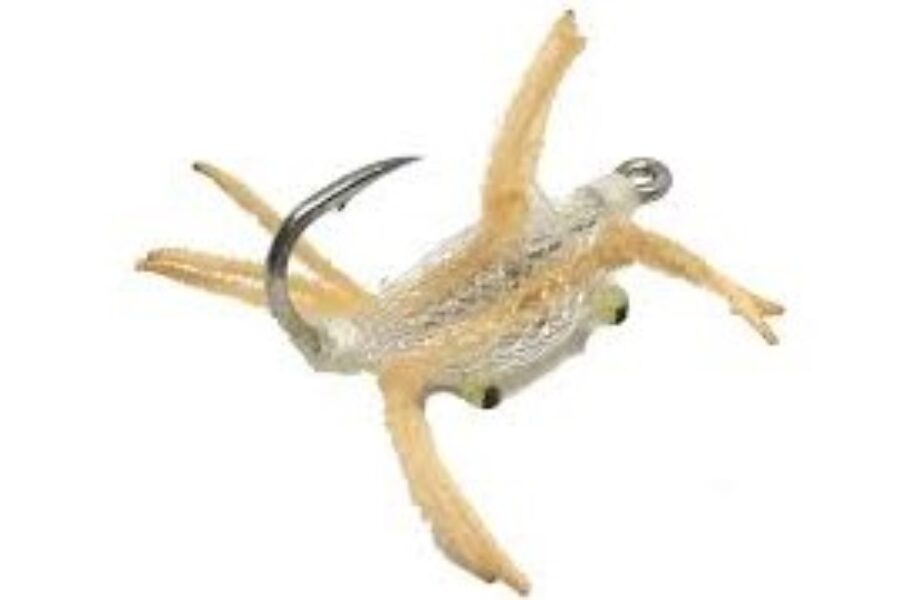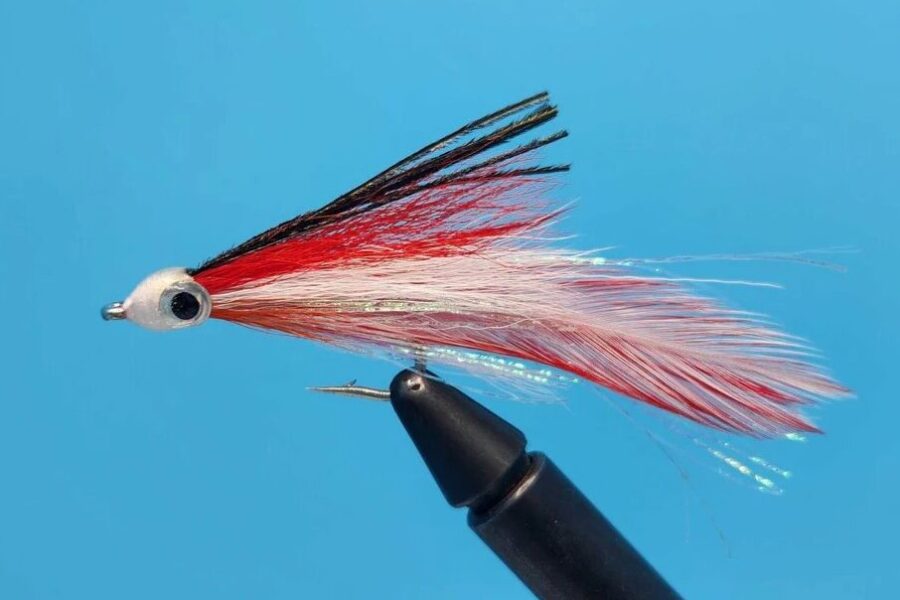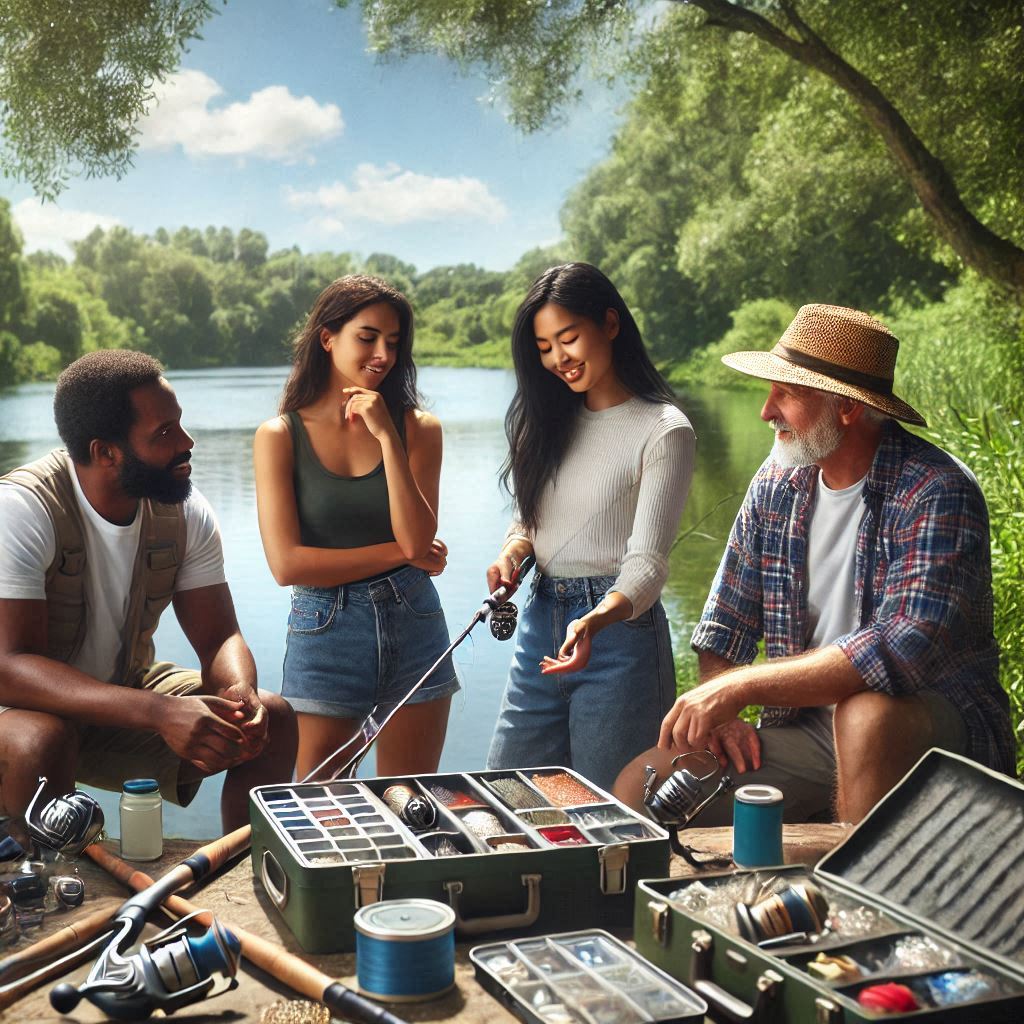How to choose the right equipment when going fishing
The art of fishing extends far beyond simply casting a line into the water – it begins with selecting the right equipment for your specific needs and goals. Whether you’re an aspiring angler stepping into the sport for the first time or a seasoned fisherman looking to upgrade your gear, choosing the proper equipment can make the difference between a frustrating experience and a successful day on the water. This comprehensive guide will walk you through everything from basic starter gear to specialized tools and accessories, helping you make informed decisions about your fishing equipment investments. We’ll explore essential considerations for different fishing styles, explain how to select equipment that matches your skill level, and share expert insights on maintaining your gear for optimal performance. By understanding the fundamentals of fishing equipment selection, you’ll be better prepared to enjoy this rewarding sport, regardless of whether you fish for recreation, relaxation, or sustenance.
Choosing The Right Equipment For Your Next Fishing Trip
Fishing means different things to different people. Some see it as an endeavor that requires hard work and commitment. Others consider it a relaxing hobby that helps them unwind from daily stress. Some people even rely on it as a primary food source. No matter how you perceive fishing, this comprehensive guide will help you select the right equipment and get you out on the water with confidence. Here is a guide on how to choose the right equipment when going fishing.
Starting with the Basics
If you’re a novice angler, don’t feel pressured to select fancy gear. Expensive equipment is unnecessary and won’t significantly increase your enjoyment or affect your catch rate. Instead, choose budget-friendly gear that your local store recommends for someone with your experience level. This approach will help you feel more relaxed while learning the fundamentals of fishing.
Sun Protection and Safety
When fishing, proper sun protection is crucial, even on overcast days. The sun’s reflection off the water can burn your skin severely, so always apply sunscreen with adequate SPF protection. Consider wearing UV-protective clothing, a wide-brimmed hat, and polarized sunglasses to protect both your skin and eyes during long days on the water.
Maintaining fishing equipment’s
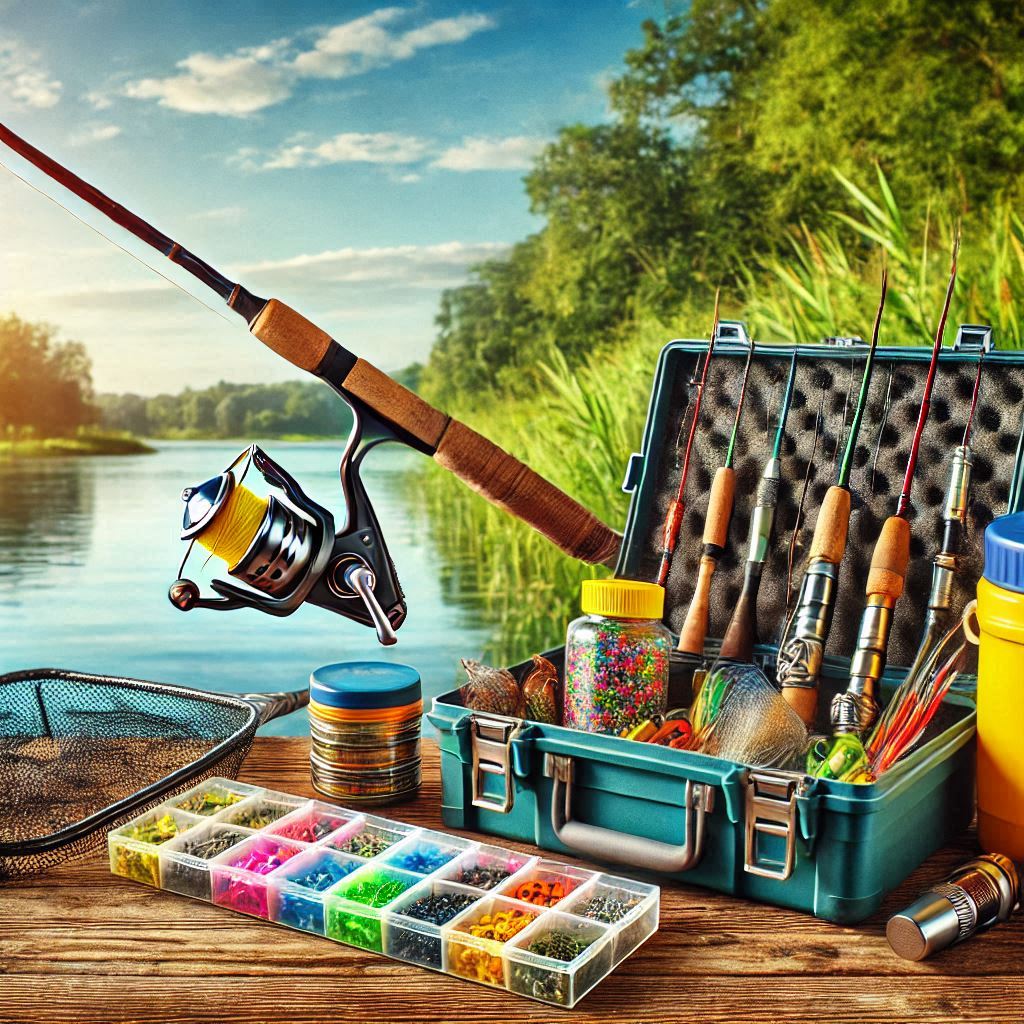
Maintaining Your Hooks
Many fishermen overlook the importance of hook maintenance, failing to realize that heavily used hooks can become blunt or twisted over time. Dull or damaged hooks make it significantly more difficult to catch fish and can lead to lost opportunities. Regularly inspect your hooks and replace them when they show signs of wear to ensure optimal performance.
Essential Tools for Success when going fishing
A reliable scale is an indispensable tool for any fishing trip. You never know when you’ll catch that rare trophy fish, so having a way to accurately weigh your catch is important. This also helps you comply with local fishing regulations regarding size and weight limits.
Mastering Hook Setting Technique
Learning to properly set the hook is a fundamental skill that every angler must master. Quick and effective hook setting is particularly important when using lures. If you don’t set the hook properly, you’re more likely to lose the fish during the fight. Practice this technique in different situations to improve your success rate.
Lure Selection and Usage
Spinnerbaits are excellent entry-level lures for fishing novices interested in moving beyond basic worm presentations. While bass are the primary target for spinnerbait fishing, these versatile lures are also effective for catching crappie and other species. The flash and vibration they produce in the water trigger predatory instincts in various fish species.For those interested in the specialized art of trout fishing, however, an entirely different set of lures comes into play.
Essential Trout Flies for Every Angler’s Box
Understanding and selecting the right trout flies is crucial for successful fly fishing. While trout can be selective in what they consume, having a well-curated selection of proven patterns can significantly increase your chances of success on any trout stream.
- The Red Zebra Midge stands out as an exceptional pattern for imitating the tiny midges that trout feed on throughout the year. This pattern’s slim profile and subtle flash perfectly match the natural insects’ size and appearance, making it particularly effective during winter months when midges are often the primary food source. The contrasting red and black colors create an attractive silhouette that triggers strikes even in challenging conditions.
- The iconic Elk Hair Caddis represents one of fly fishing’s most versatile dry fly patterns. Its buoyant elk hair wing and dubbed body accurately imitate adult caddisflies, which are prevalent on most trout streams. This pattern excels during evening caddis hatches but can produce strikes throughout the day. The natural flotation provided by the elk hair makes it an excellent choice for fast-water situations where maintaining buoyancy is crucial.
- The Adams Parachute has earned its reputation as a go-to pattern for trout anglers.
worldwide. This versatile dry fly effectively imitates various mayfly species, making it an essential pattern during mayfly hatches. The parachute-style white post increases visibility for the angler, while the grey body and mixed hackle create a realistic silhouette that trout find irresistible. It’s particularly effective when fish are feeding on mayfly duns in sizes 12-18. - The Woolly Bugger, although not imitating any specific insect, has become a staple in trout fishing. This streamer pattern’s suggestive design can represent everything from small baitfish to leeches and crayfish. Its marabou tail provides enticing movement in the water, while the weighted version allows for deeper presentation. Available in various colors, black and olive variations are particularly effective in different water conditions.
- The Bead Head Pheasant Tail Nymph Fly exemplifies the perfect subsurface pattern for imitating mayfly nymphs. The addition of a brass or tungsten bead helps the fly reach deeper feeding trout quickly, while the pheasant tail fibers create a realistic profile that closely matches natural nymphs. This pattern is especially effective when fished near the bottom in riffles and runs where trout actively feed on drifting nymphs.
When selecting trout flies, consider having with you different sizes of each fishing fly pattern to match varying insect hatches and water conditions. Don’t forget as well that its important to be aware of the seasonal hatches in your area so that you can choose the most effective fishing fly patterns that work best in a specific time of the year.
Staying Prepared and Comfortable
While having the right flies is crucial for success, even the best-equipped angler needs to consider their personal comfort and preparedness on the water.
Always remember to carry adequate water and food when heading out for a fishing trip, particularly during summer months. The sun and outdoor activity will tire you out, making it essential to maintain your energy levels with proper nutrition and hydration. Pack enough drinks and meals to sustain you throughout your entire planned outing.
Understanding Licensing Requirements
In the United States, each state requires anglers to purchase a fishing license. These are typically available for either a single day or an entire year, depending on your needs. Research your local requirements and always carry your license while fishing to avoid potential fines.
Bait Selection for Specific Species
Different fish species have varying preferences for live bait. Smallmouth bass and walleye, for example, can be particularly selective about their prey. Keep your bait options diverse by packing multiple types, including leeches, which can survive if kept in a container with a small amount of water.
Timing Your Fishing
Fish are often most active during a full moon, making these nights potentially productive fishing times. However, remember that increased visibility works both ways – you’ll be more visible to the fish as well, so take precautions to minimize your profile and movement.
Essential Accessories You Should Carry when going Fishing
A quality landing net is crucial for successfully landing larger fish. When a big fish is jumping and struggling at the end of your line, a net can mean the difference between a successful catch and a lost opportunity. This simple tool helps reduce the chances of losing your fish back in the water during the final moments of the fight.
Night Fishing Opportunities
Consider trying night fishing as an alternative to traditional daytime angling. You can often catch different species from the same location simply by changing the time of day you fish. Many predatory fish become more active after dark, providing exciting opportunities for dedicated anglers.
Conservation Practices
Proper catch and release techniques are essential for maintaining healthy fish populations. This involves carefully unhooking your fish and releasing them back into their habitat with minimal stress or injury. Following these practices helps ensure fish populations remain stable, allowing more people to enjoy the sport in the future.
Learning Knots and Rigging
Mastering basic fishing knots will significantly improve your success rate. A little practice in this area can go a long way toward preventing lost fish and broken lines. Focus on learning a few essential knots well rather than trying to memorize many different variations.
Now that you’ve learned these fundamental aspects of fishing equipment and techniques, your approach to the sport might have evolved. Whether you see fishing as your preferred sport, your primary means of relaxation, or a way to provide food for your table, the right equipment and knowledge will enhance your experience on the water.

